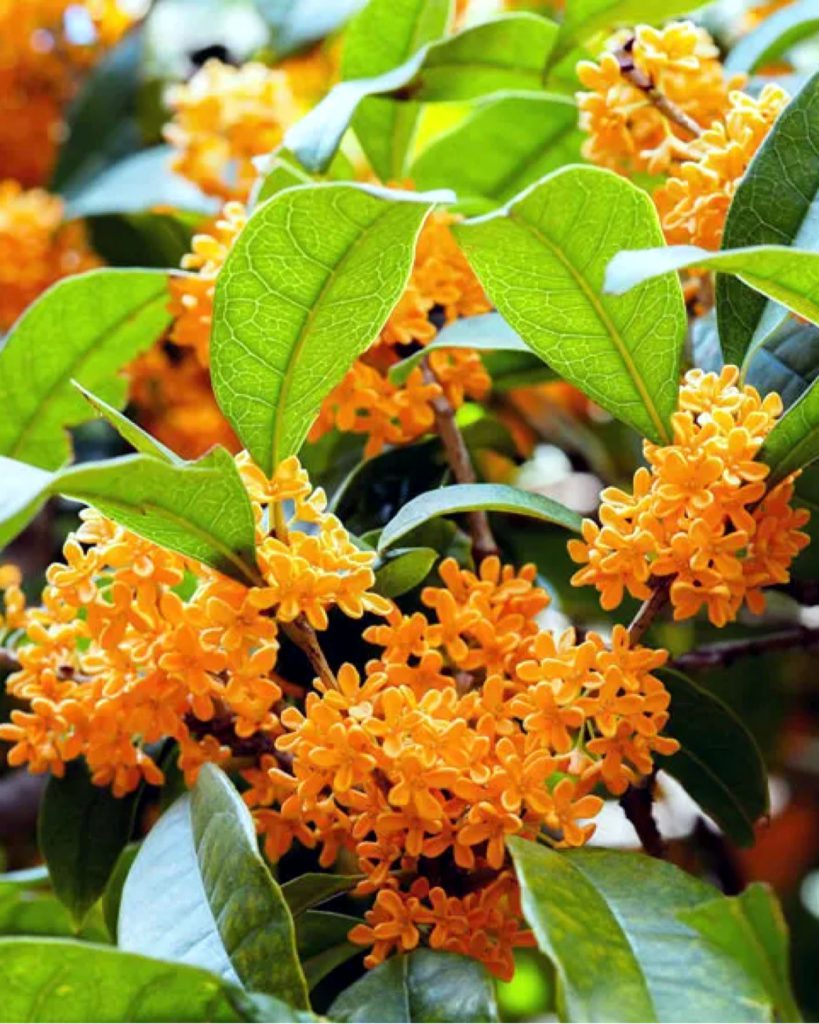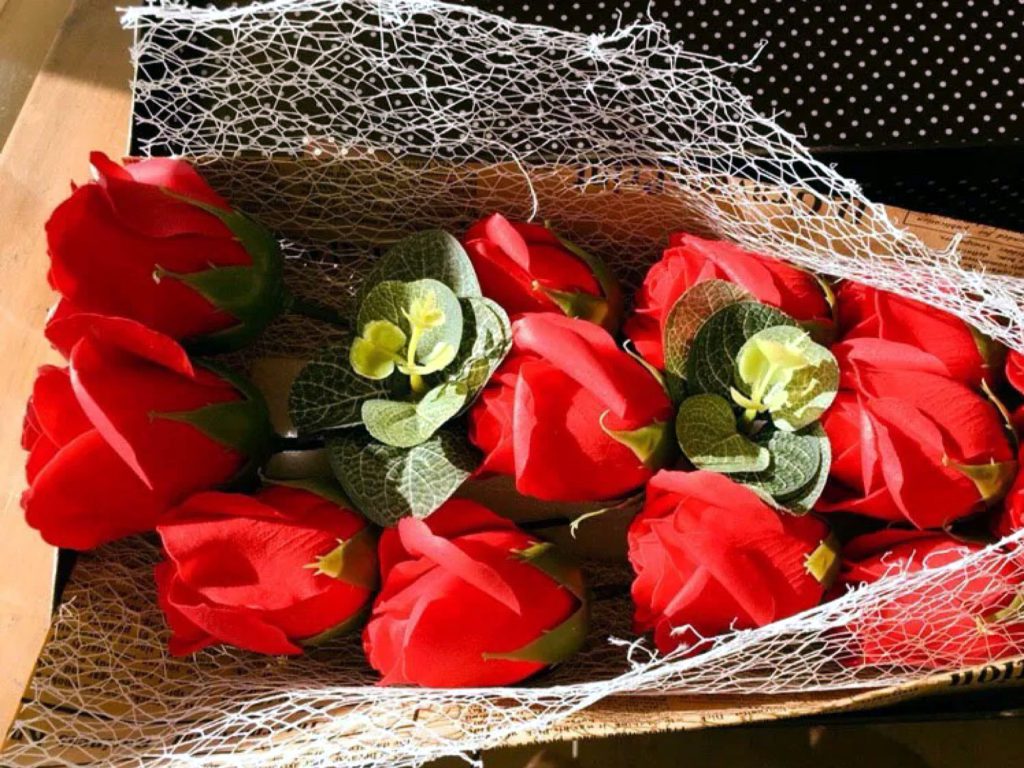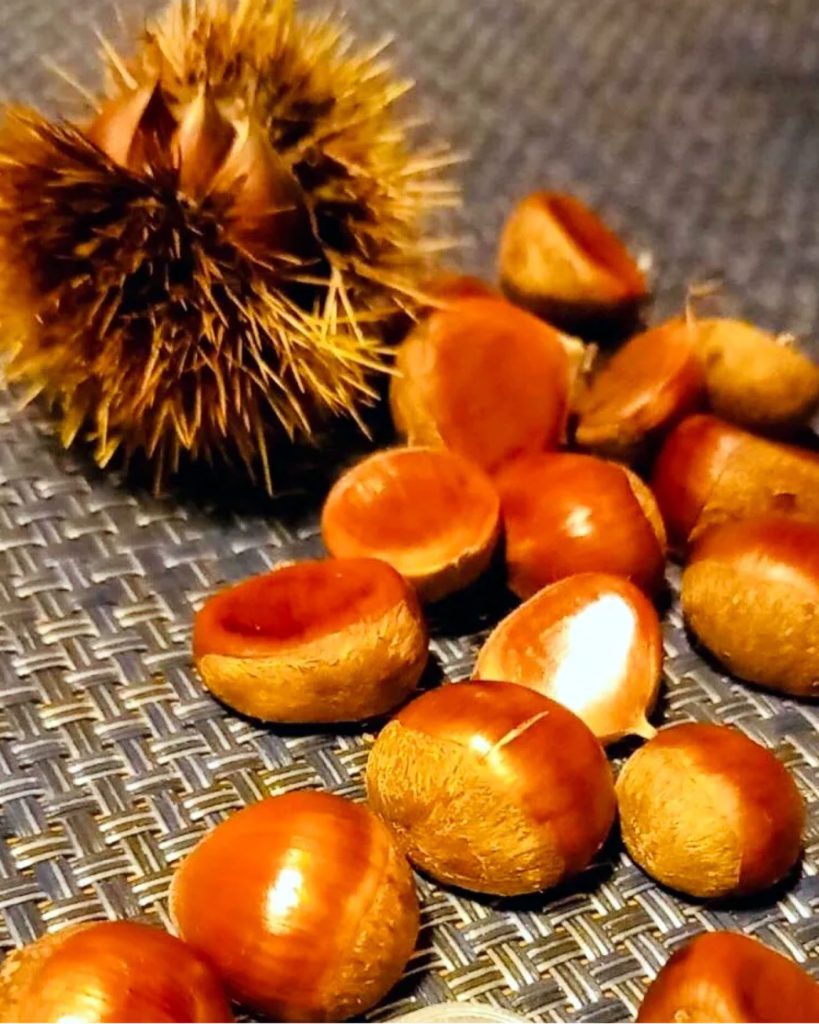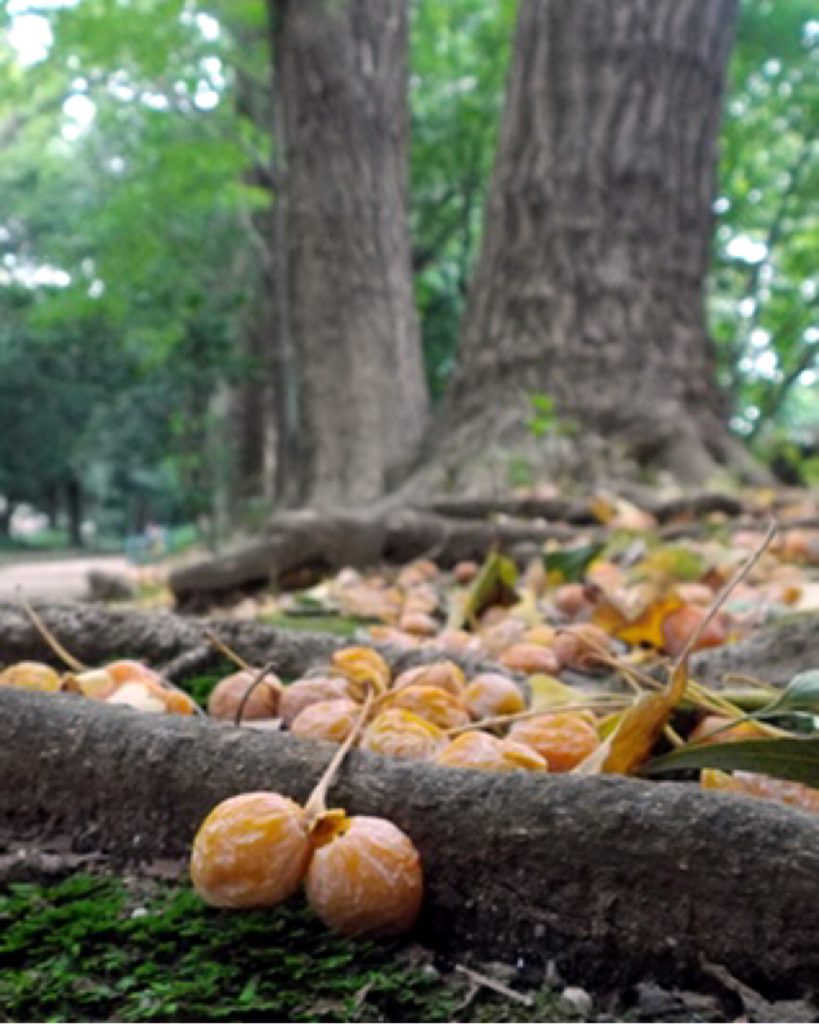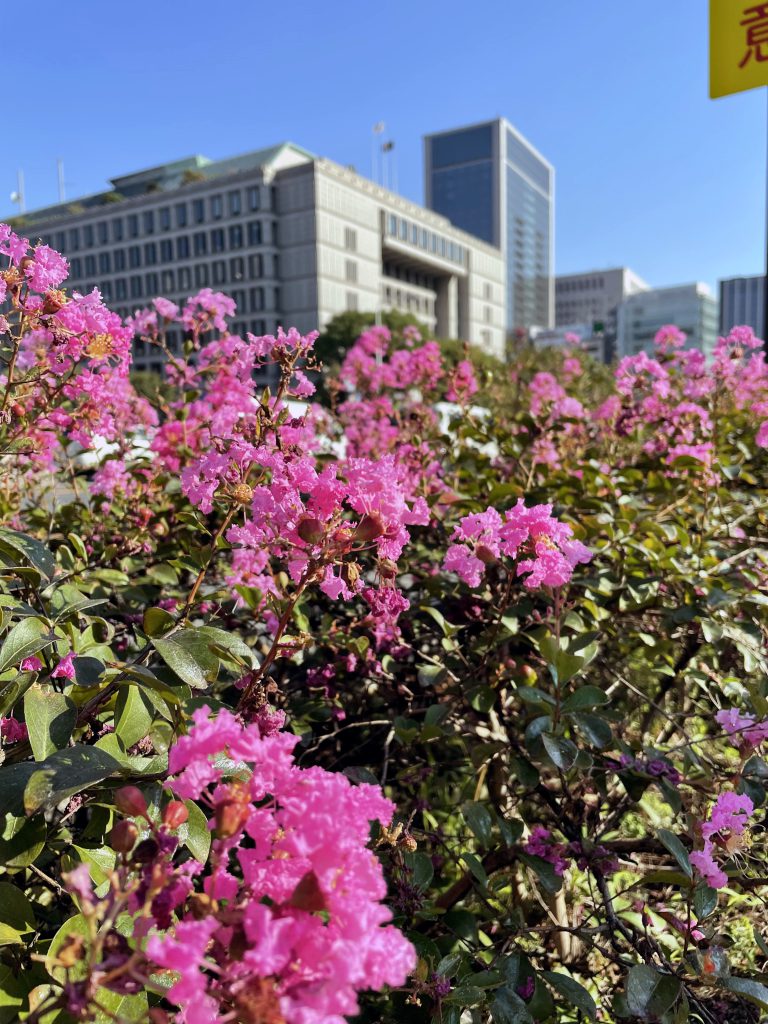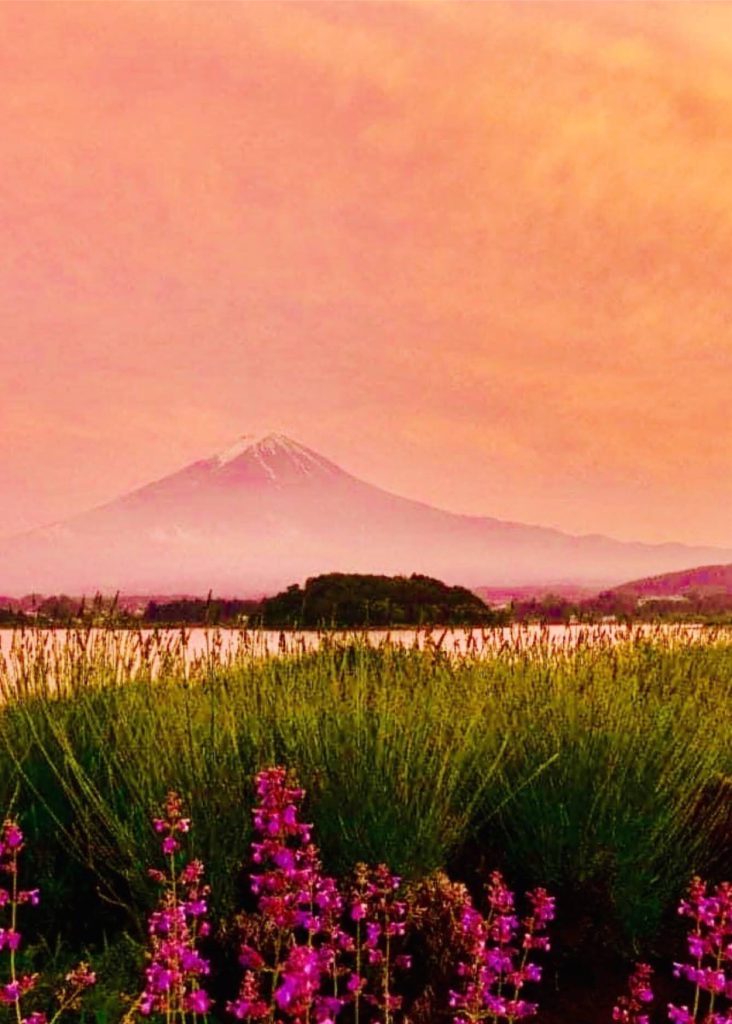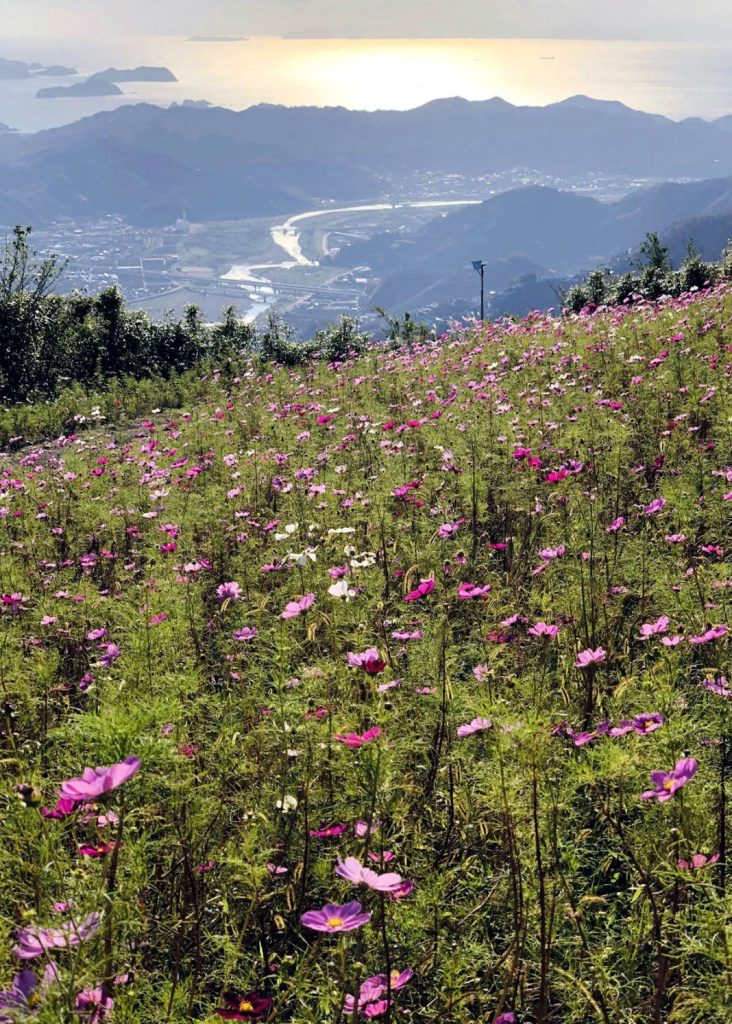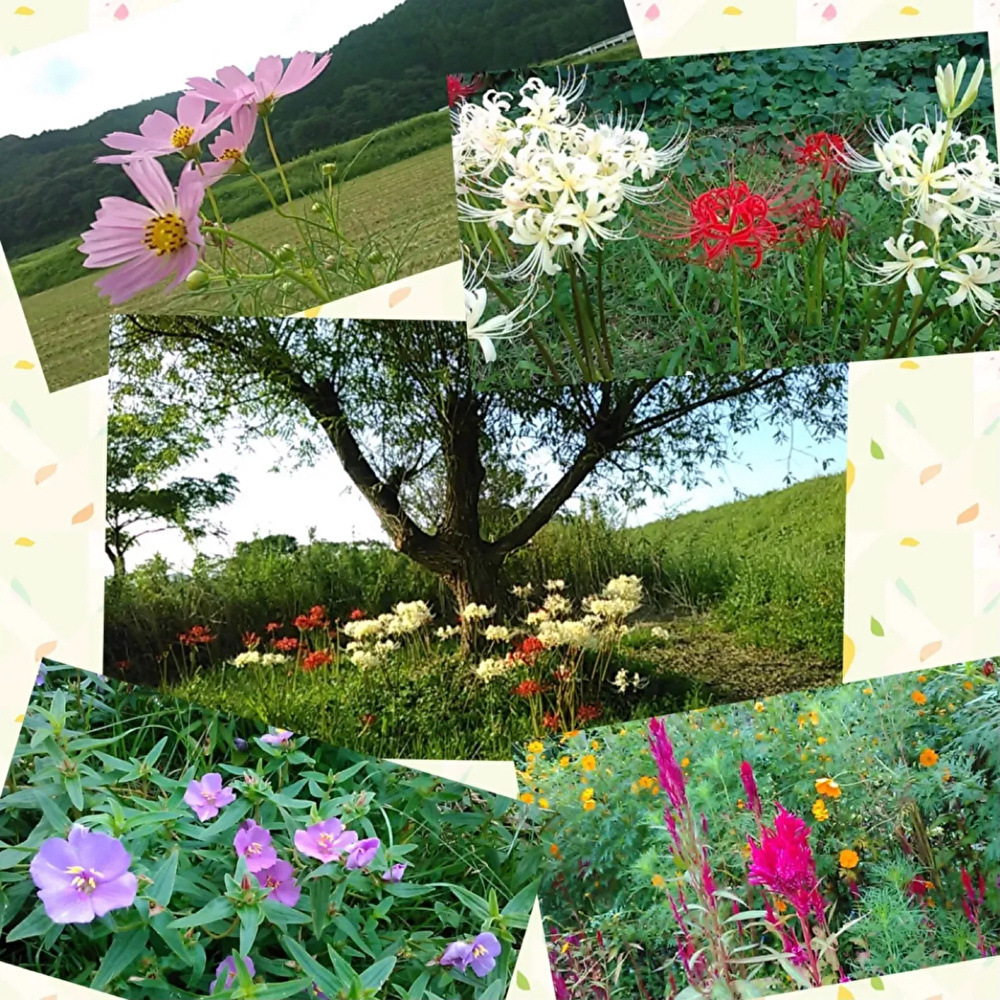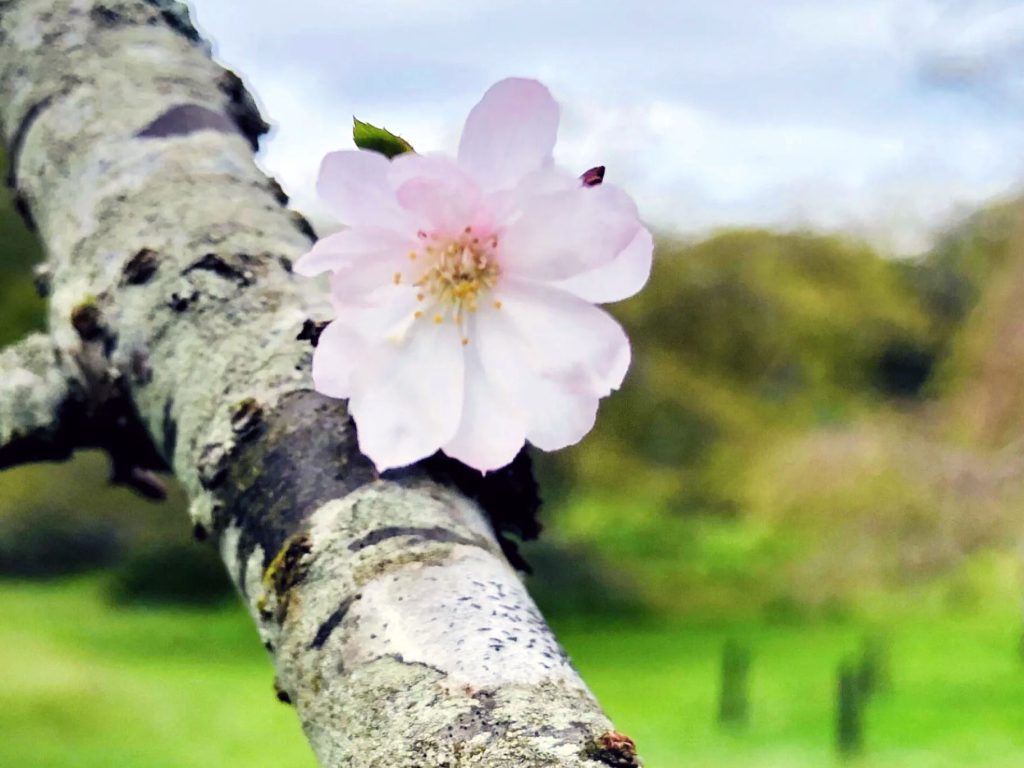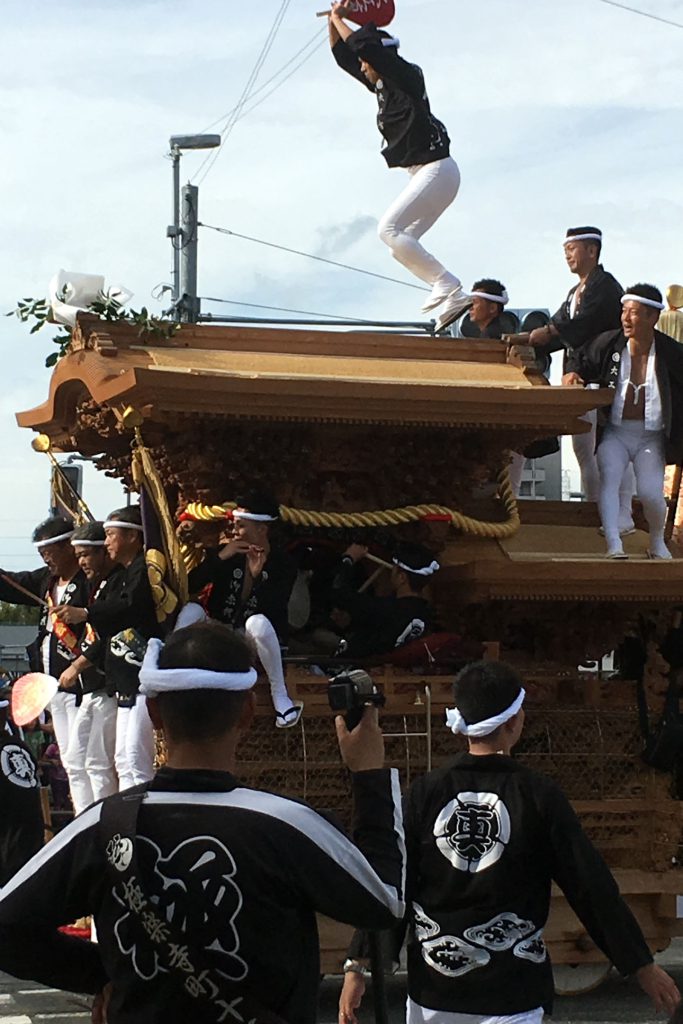
The Kishiwada Danjiri festival is held in two parts: the September festival on the sea side and the October festival on the mountain side. The October festival is held on October 2nd (Sunday) as a rehearsal, followed by two days: the Yoimiya (an eve) on October 8th (Saturday) and the Honmiya (a main celebration) on October 9th (Sunday). The September festival is the one that gets the most coverage on TV, but the October festival is just as exciting as the September festival. Danjiri is a float with two tiers of large and small roofs and four tops, and is a name unique to western Japan. Each neighborhood association owns a danjiri that costs more than 100 million yen, and people from all walks of life participate in the autumn festival regardless of age or gender. The Kishiwada danjiri pulls the 4-ton or more danjiri at full speed under the slogan of “Sorya, sorya!” In particular, “Yarimawashi” means making a turn on the tow course, and if you make a sharp turn without slowing down, the crowd will cheer you up.
岸和田のだんじりは、海側の9月祭礼、山側の10月祭礼の2回に分かれて開催されます。10月祭礼は、10月2日(日曜日)に試験曳きが行われ、10月8日(土曜日)の宵宮、10月9日(日曜日)の本宮の二日間が本番です。テレビなどに取り上げられるのはもっぱら9月祭礼のほうですが、10月祭礼も9月祭礼に負けないほどの盛り上がりです。だんじりは大屋根・小屋根が二段でコマが四つの山車(だし)のことで、西日本地域特有の呼称です。一台1億円以上もするだんじりを各町内会が所有し、秋の祭礼には、町の老若男女を問わず、町を上げて参加します。「そーりゃ、そーりゃ」の掛け声の元、4トン以上もするだんじりを全速力て引き回す岸和田だんじりは勇壮そのものです。特に、「やりまわし」とは曳行コースを曲がることですが、スピードを緩めることなく勢いよく曲がると、観衆からやんやの歓声がおこります。

